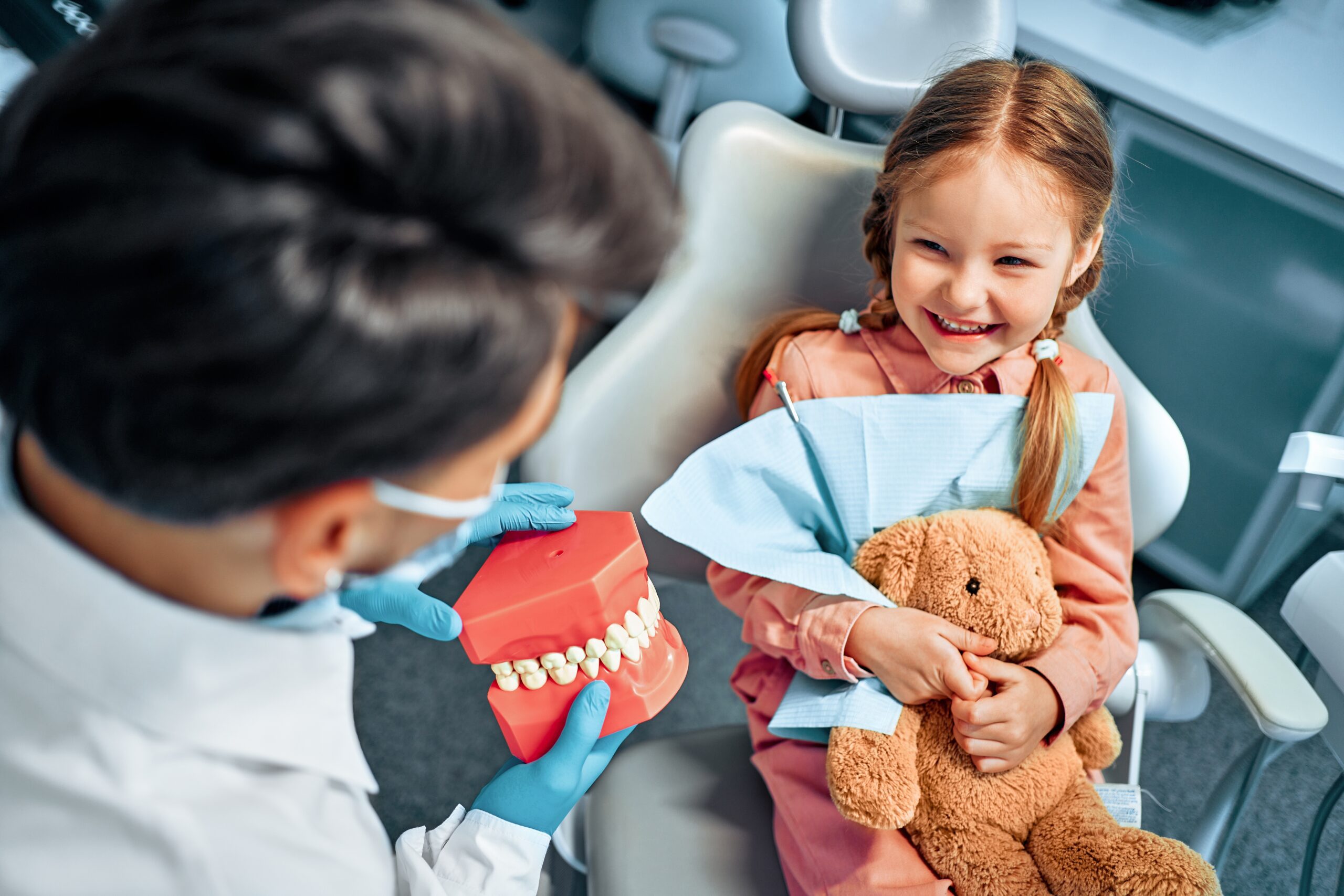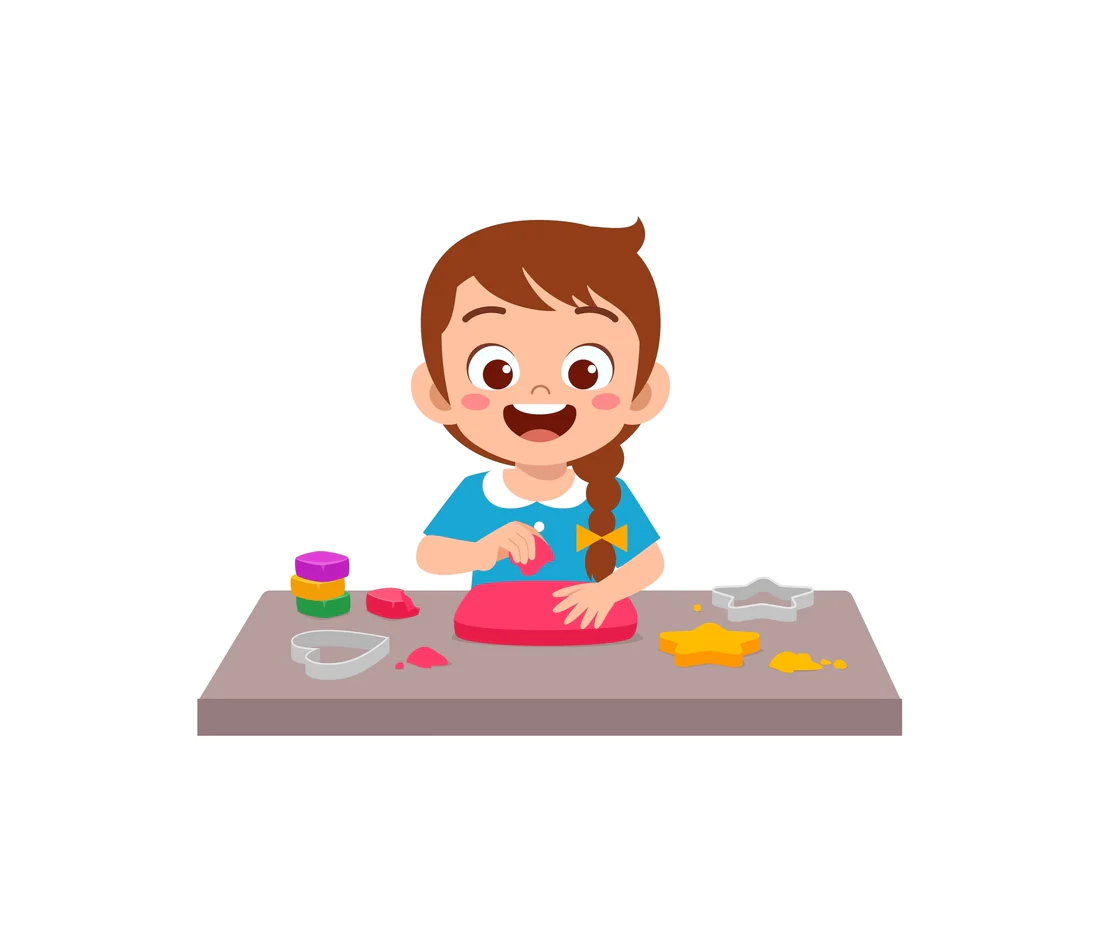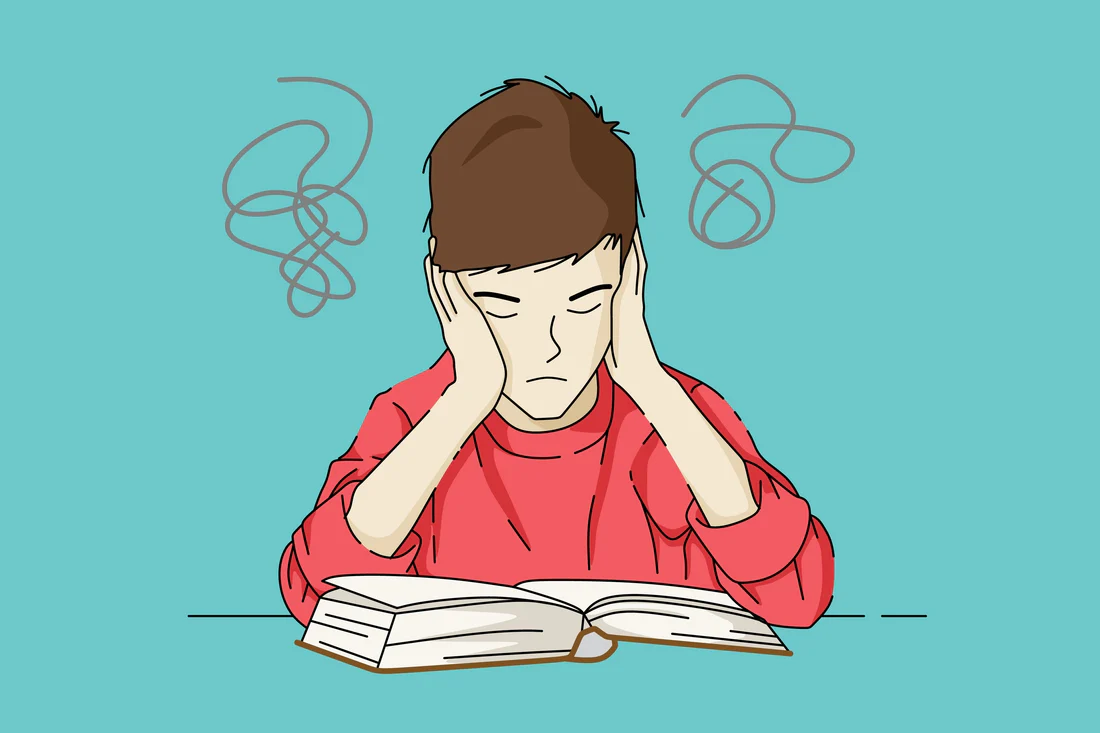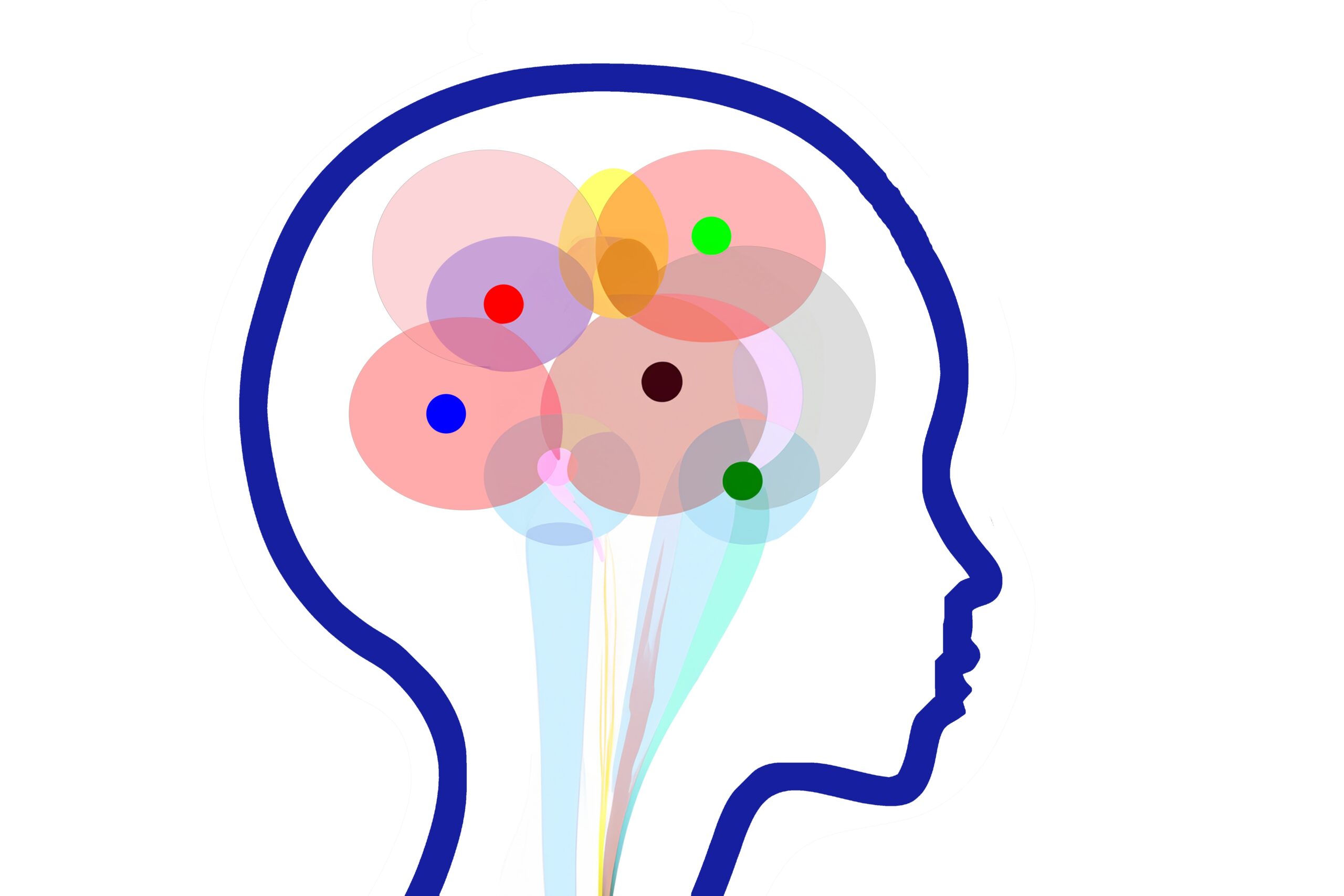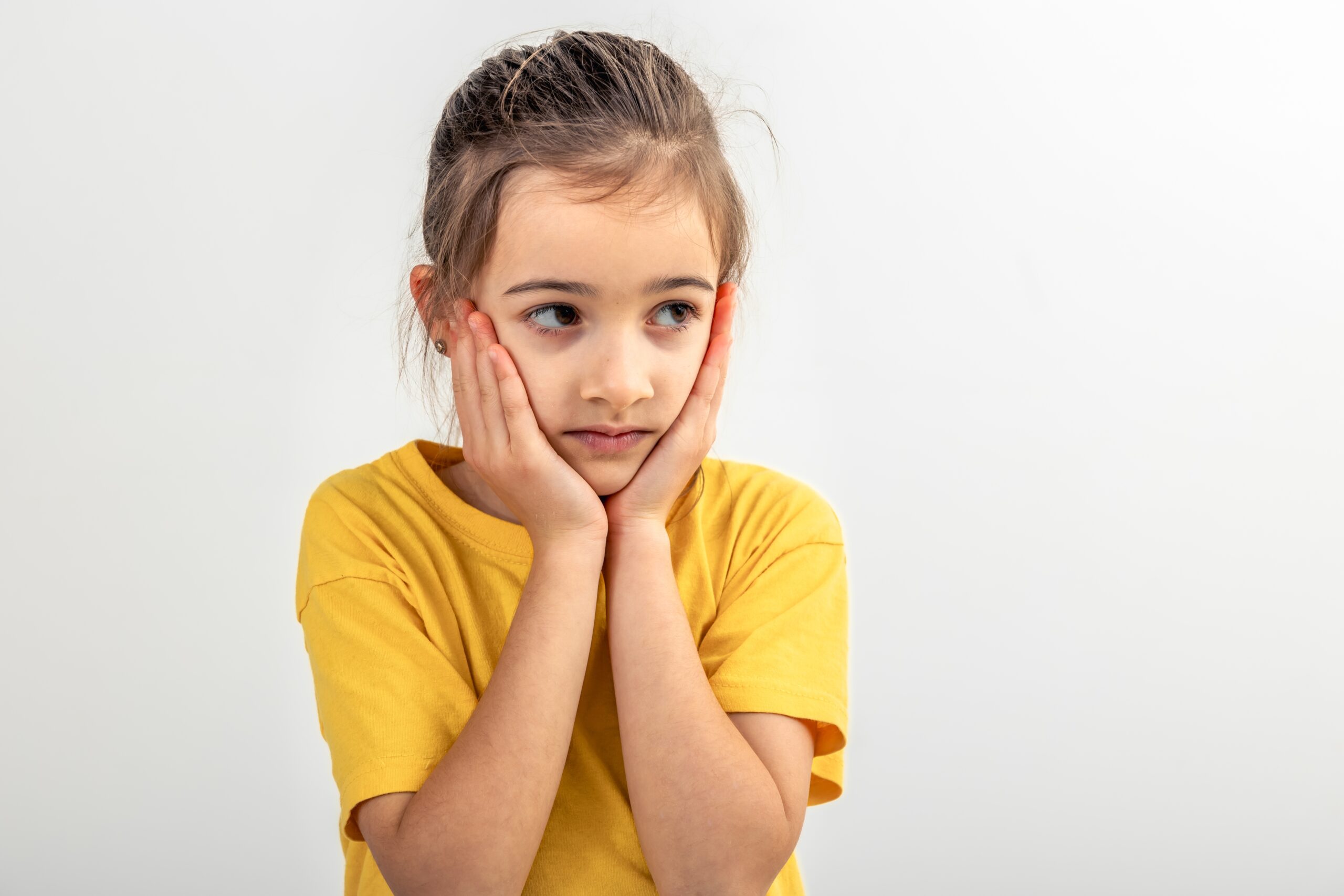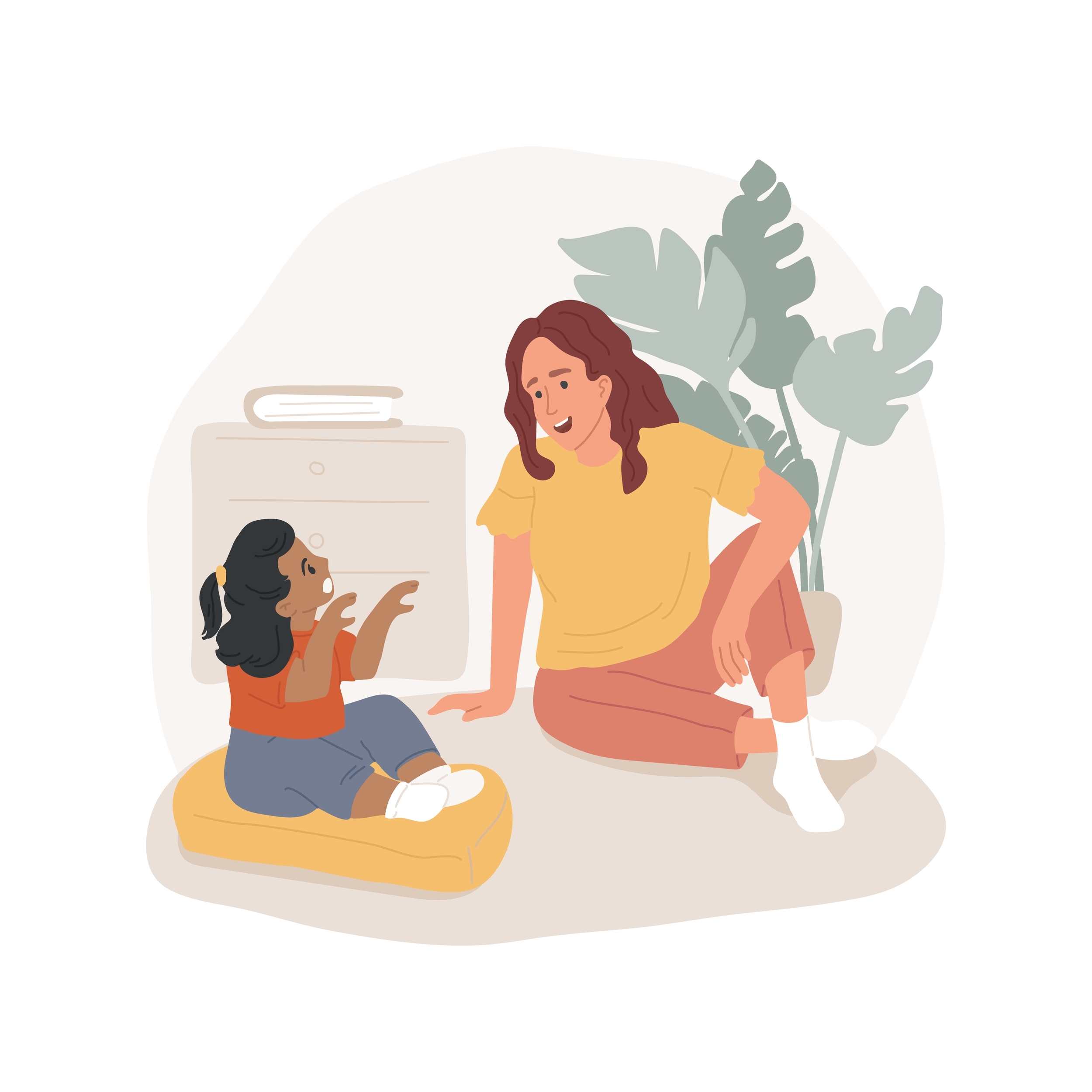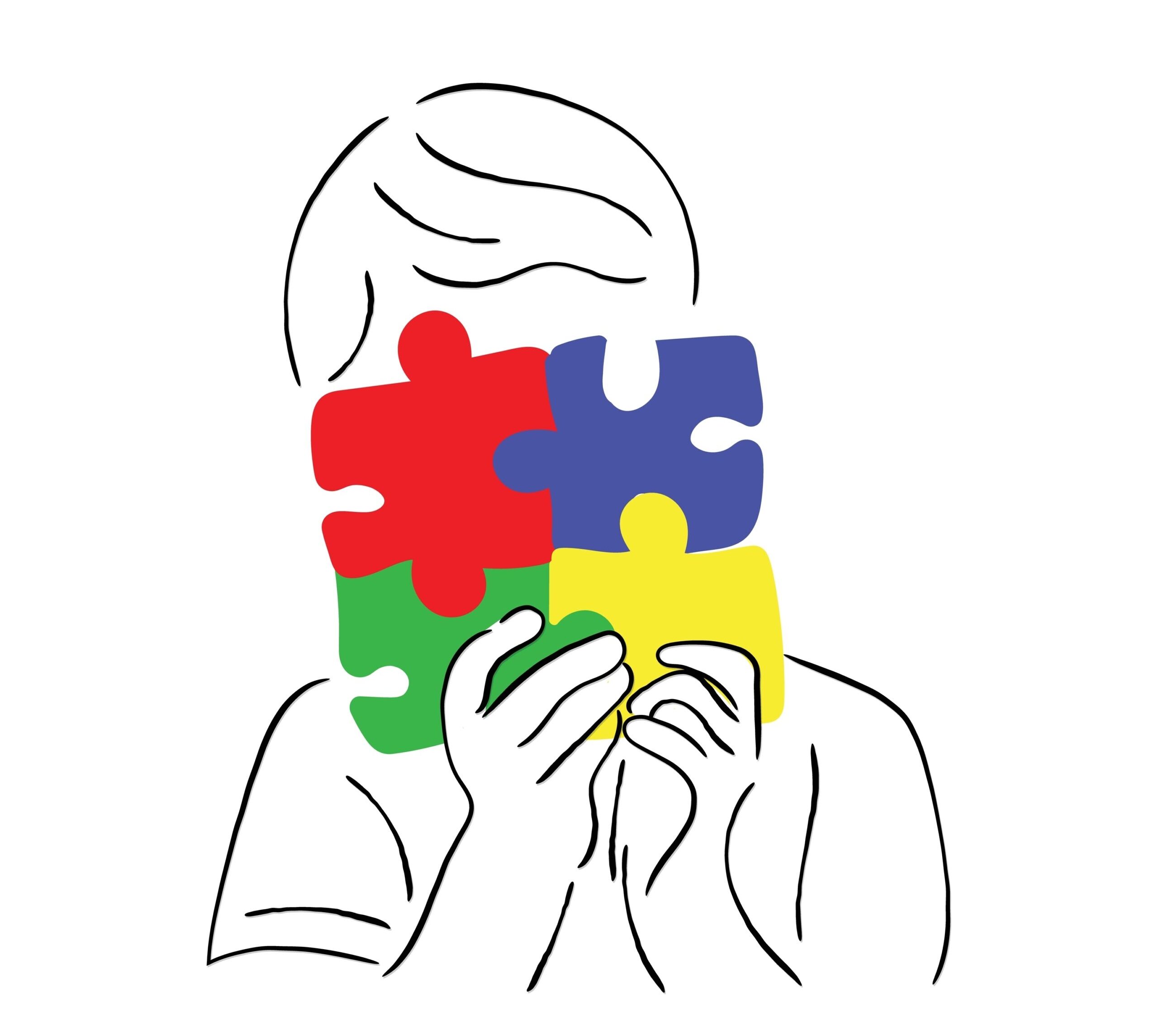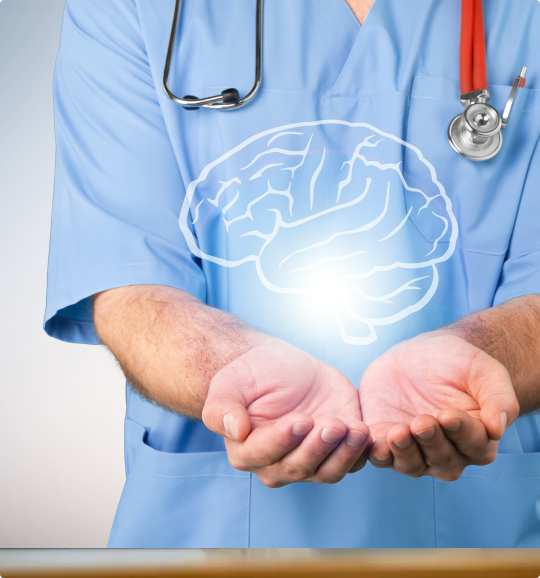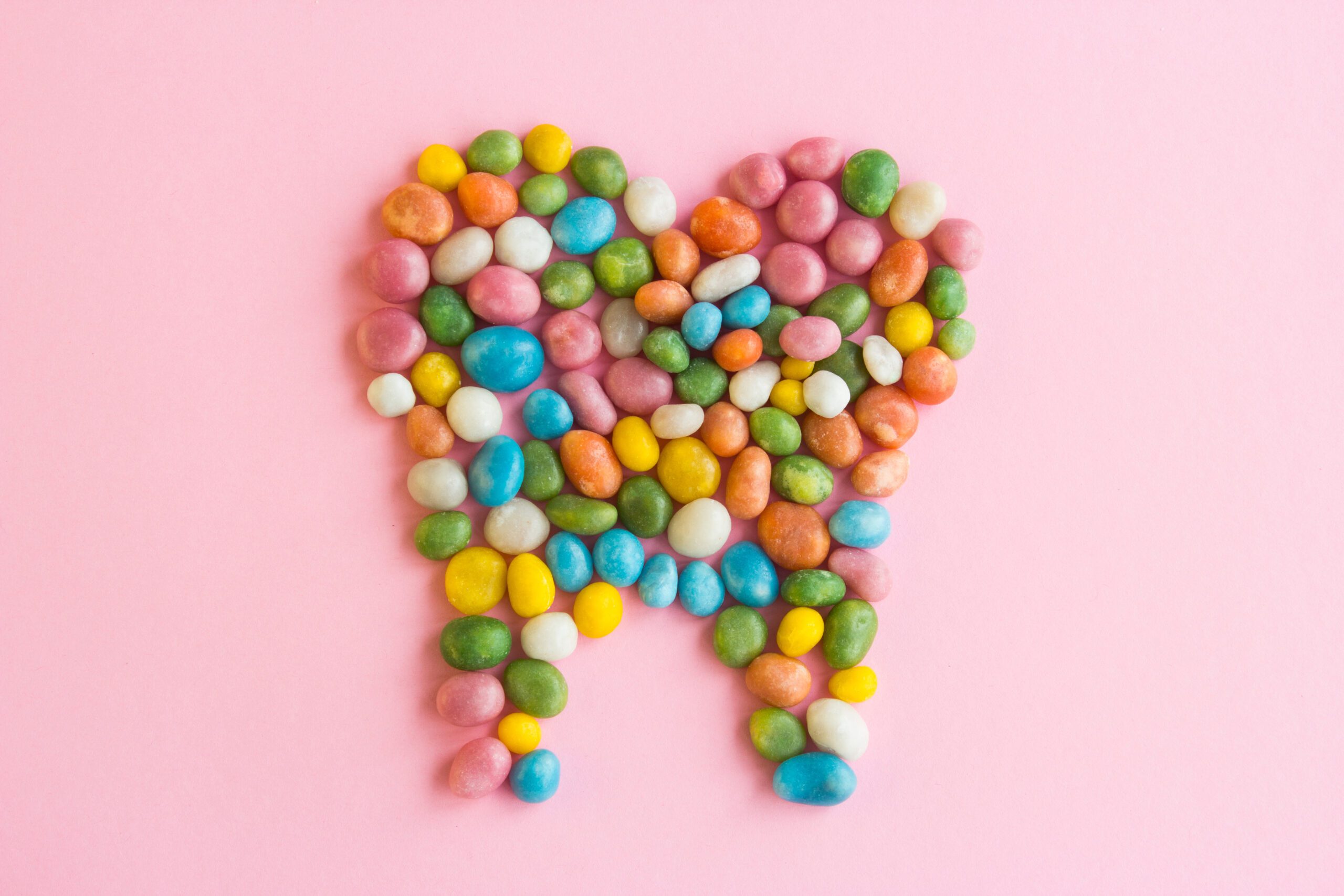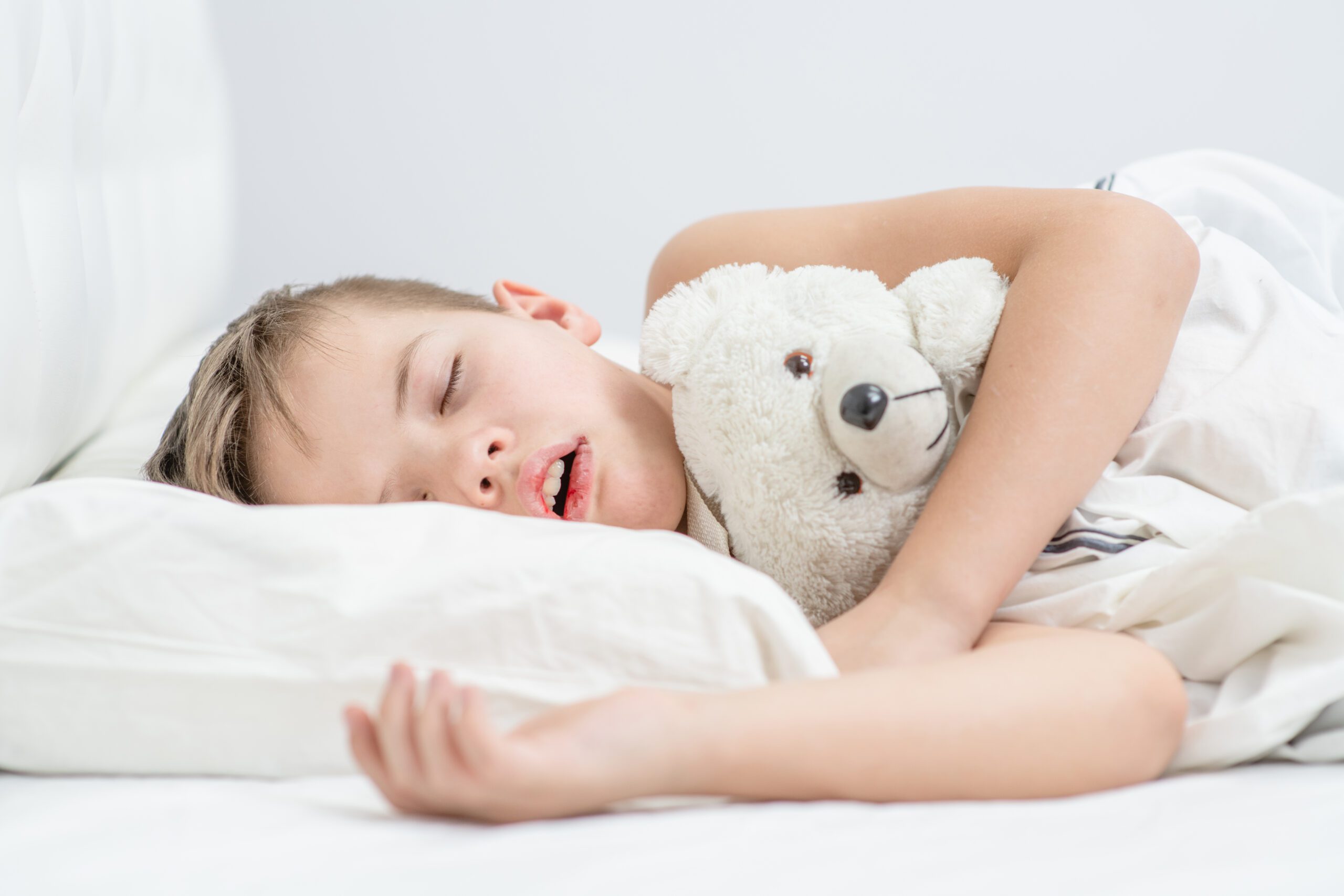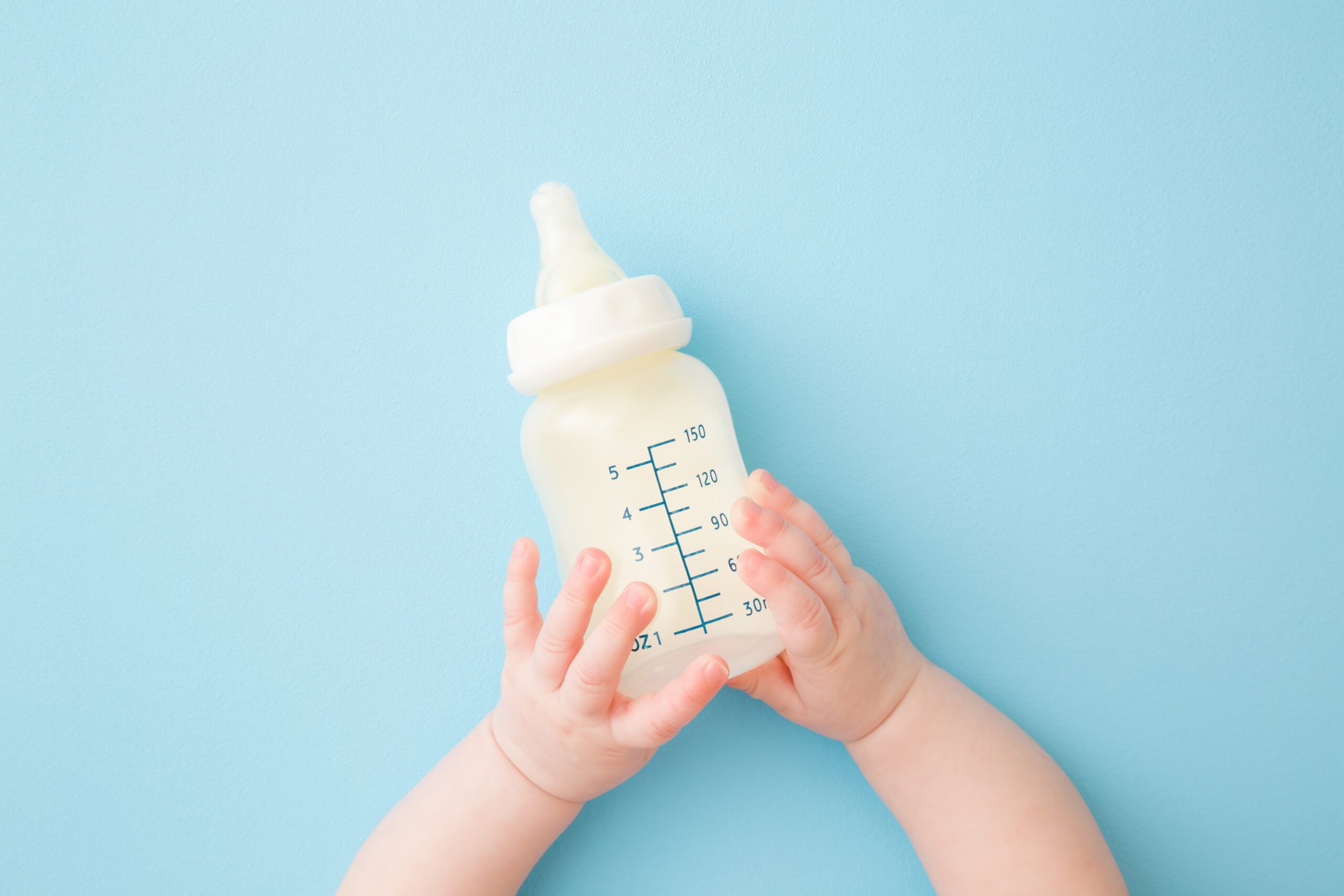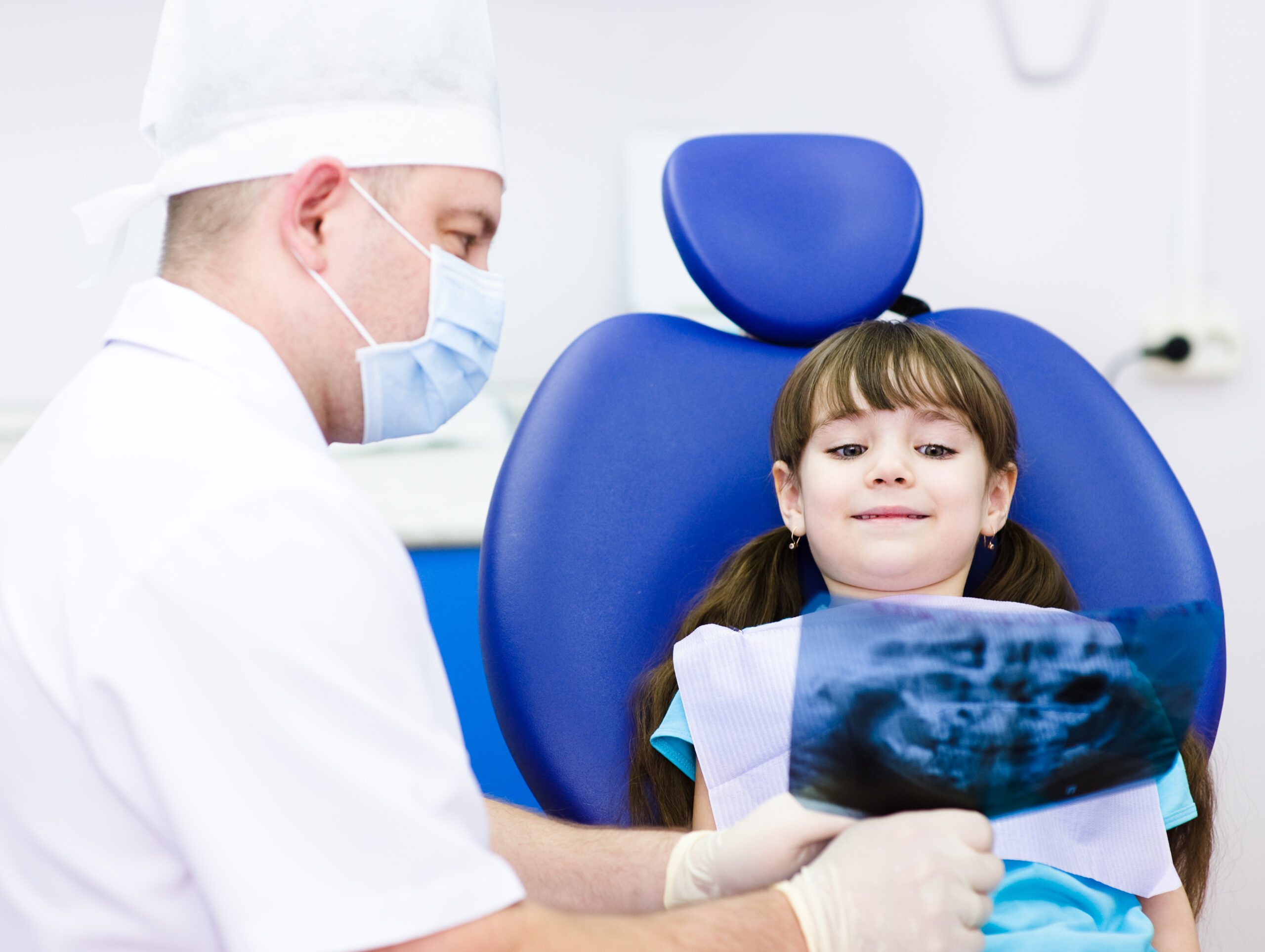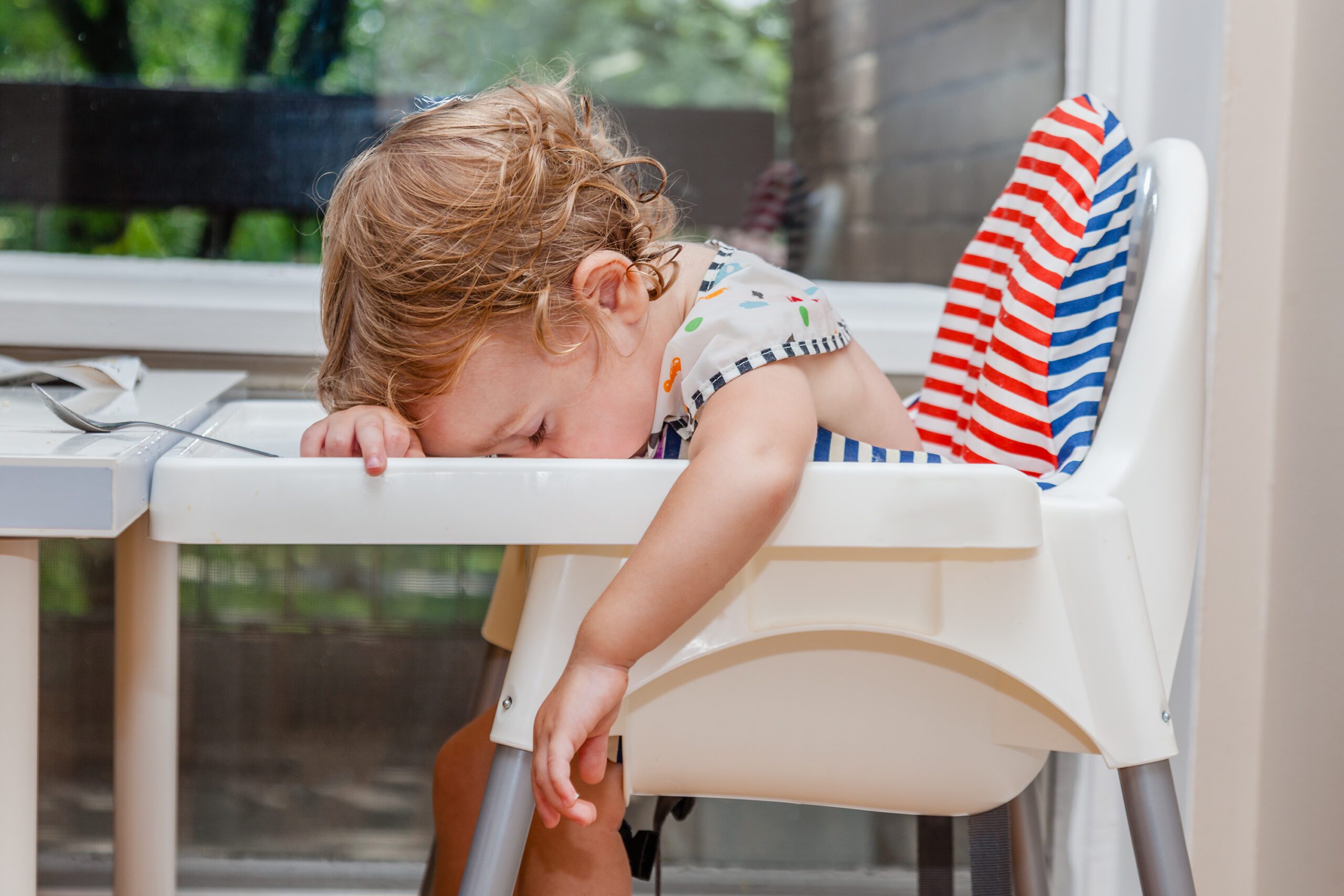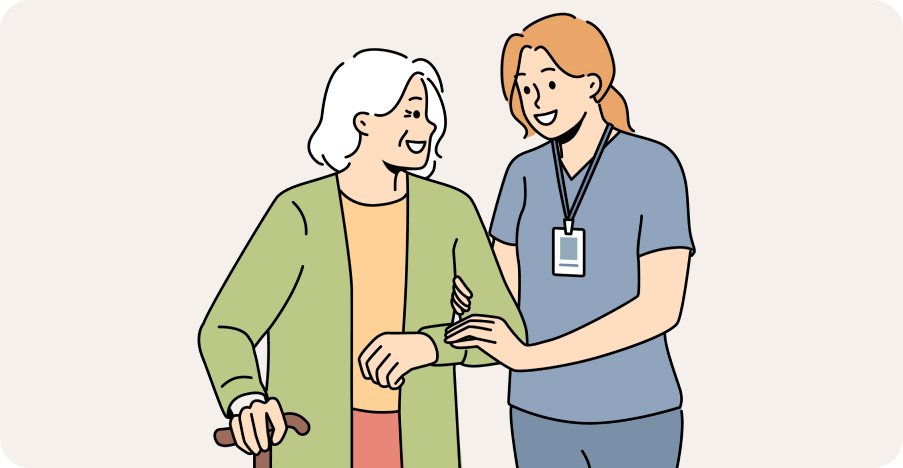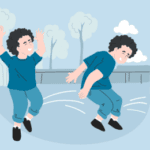
ADD-ADHD
- Child ADHD: Symptoms, Causes, Treatments
- Teen ADHD (Adolescents): Symptoms, Causes, Treatments
- Adult ADHD: Symptoms, Causes, Treatments
- Understanding the 3 Types of ADHD: Inattentive, Hyperactive-Impulsive & Combined Explained
- ADHD Treatment Options: Medications, Therapies, and Natural Approaches for Children & Adults

Neurodevelopmental Disorders & Learning Differences
- Dyslexia in Children: Symptoms, Causes & Best Therapies
- Dysgraphia in Children: Symptoms, Diagnosis & Treatment
- What Is Dyscalculia? Symptoms, Causes & Treatment
- Specific Learning Disorder with Impairment in Reading | Symptoms, Treatment & Therapists Near You
- Nonverbal Learning Disorder (NVLD): Symptoms, Causes & Therapies
- What Is Giftedness in Children? Signs, Support & Therapists
- Language Processing Disorder in Children: Signs, Therapy & Support
- Language Disorders in Children: Signs, Types & Therapy
- Delayed Speech in Children: Causes, Signs, and Therapy Options
- Executive Function Disorder in Children: Signs, Support & Therapy
- Apraxia of Speech in Children: Signs, Diagnosis & Therapy
- Understanding Intellectual Disability in Children: Signs, Support & Therapies
- What Is Twice-Exceptional (2e)? Signs, Challenges & Support for Gifted Children with Disabilities
- Global Developmental Delay (GDD)
Understanding the 3 Types of ADHD: Inattentive, Hyperactive-Impulsive & Combined Explained

Authored by: The DrSensory Editorial Team
Reviewed by: 🛡️ DrSensory Clinical Review Board
Last updated: June 2025
What are the three main types of ADHD?
There are three official types of ADHD (Attention-Deficit/Hyperactivity Disorder), as classified by mental health professionals. These types are based on the kind of symptoms a person experiences:
- ADHD, Predominantly Inattentive Type: Individuals mainly struggle with attention, organization, and focus. They may seem forgetful, easily distracted, or disorganized.
- ADHD, Predominantly Hyperactive-Impulsive Type: People show more hyperactivity and impulsive behaviors, such as fidgeting, talking excessively, or interrupting others.
- ADHD, Combined Type: This is the most common type and includes both inattentive and hyperactive-impulsive symptoms.
Identifying the correct ADHD subtype helps guide treatment options, including therapy, medication, and coping strategies.
Child ADHD: Symptoms, Causes, Treatments
Teen ADHD (Adolescents): Symptoms, Causes, Treatments
Adult ADHD: Symptoms, Causes, Treatments
Top Strategies for Parents to Support Children with ADHD at Home and School
What is Predominantly Inattentive Type ADHD?
Predominantly Inattentive ADHD, previously known as ADD (Attention Deficit Disorder), is a type of ADHD where the person mainly struggles with attention and focus, not hyperactivity. Common signs include:
- Difficulty staying focused on tasks
- Making careless mistakes in work or school
- Trouble organizing tasks or belongings
- Forgetfulness in daily activities
- Avoiding tasks that require mental effort for long periods
This type is often underdiagnosed, especially in girls and adults, because it doesn’t involve disruptive behaviors like hyperactivity. With proper support, individuals with inattentive ADHD can learn to manage their symptoms effectively.
How Sensory Toys Help with ADHD: A Detailed Guide
How Can I Manage my Toddler’s ADHD?
25 Sensory Activities and Exercises for Kids with Sensory Processing Disorders and ADHD
What is Predominantly Hyperactive-Impulsive Type ADHD?
Predominantly Hyperactive-Impulsive ADHD is a less common subtype where hyperactivity and impulsive actions are more noticeable than attention issues. Symptoms include:
- Constant fidgeting or restlessness
- Excessive talking or interrupting conversations
- Difficulty staying seated in appropriate situations (e.g., classroom)
- Acting without thinking about consequences
- Difficulty waiting their turn
This type is more often identified in younger children, especially boys, due to more outward behaviors. While some hyperactive symptoms may lessen with age, impulsivity often persists into adolescence and adulthood.
What is Combined Type ADHD and how is it diagnosed?
Combined Type ADHD is diagnosed when a person shows both inattentive and hyperactive-impulsive symptoms for at least six months. To meet criteria:
- Six or more inattentive symptoms (e.g., trouble focusing, forgetfulness)
- Six or more hyperactive-impulsive symptoms (e.g., fidgeting, blurting out answers)
- Symptoms must interfere with daily life in multiple settings (e.g., home, school, work)
Combined ADHD is the most common type, especially in children and teens. It often requires a multimodal treatment approach, including medication, behavior therapy, and structured support at school or work.
NEURODIVERSITY: Understanding the Overlap Between Autism, Sensory Processing Disorder, and ADHD
Insights into Choosing the Right Sensory Toys for ADHD
ADHD Treatment Options: Medications, Therapies, and Natural Approaches for Children & Adults
This page provides general educational content and is not a substitute for professional medical advice. Always consult a licensed provider for diagnosis and treatment.
View privacy policy, copyright and trust info
More on ADHD
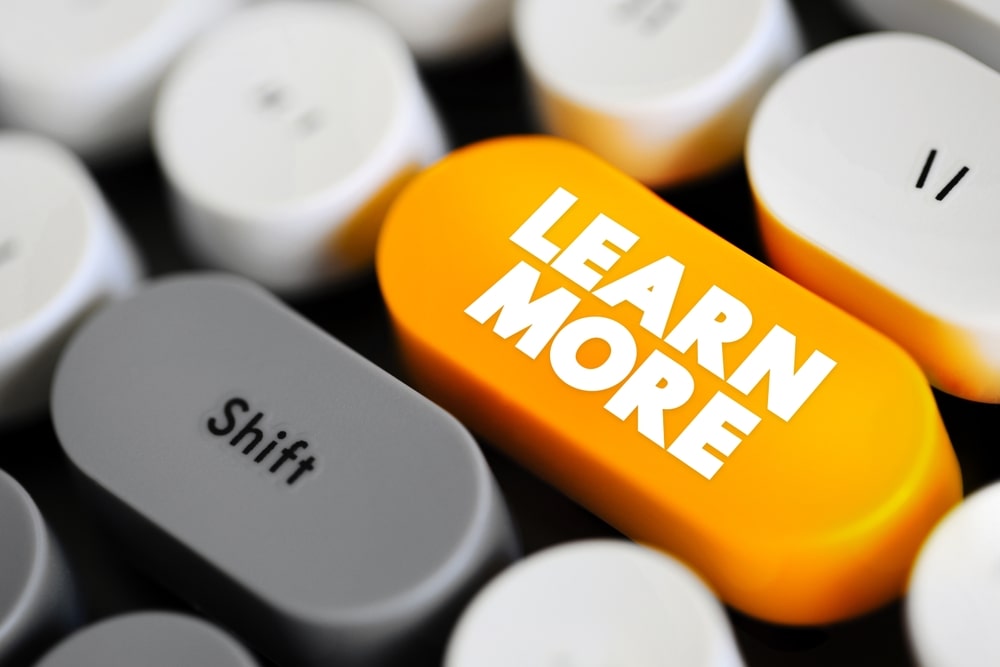
- Child ADHD: Symptoms, Causes, Treatments
- Teen ADHD (Adolescents): Symptoms, Causes, Treatments
- Adult ADHD: Symptoms, Causes, Treatments
- Understanding the 3 Types of ADHD: Inattentive, Hyperactive-Impulsive & Combined Explained
- ADHD Treatment Options: Medications, Therapies, and Natural Approaches for Children & Adults
Find a Therapist near you
Are you looking for a physical, occupational, or speech therapist in your area?
Look no further than the DrSensory Therapist Database and Clinic Directory!
Find a Therapist
Find the physical therapist, occupational therapist, or speech language pathologist you’re looking for!
Ask Us Anything
Whether you are looking for advice, have a general question about sensory processing, or looking for resources.
Submit Your Story
Share your story about your child. Let’s celebrate milestones and learn more about challenges.








































